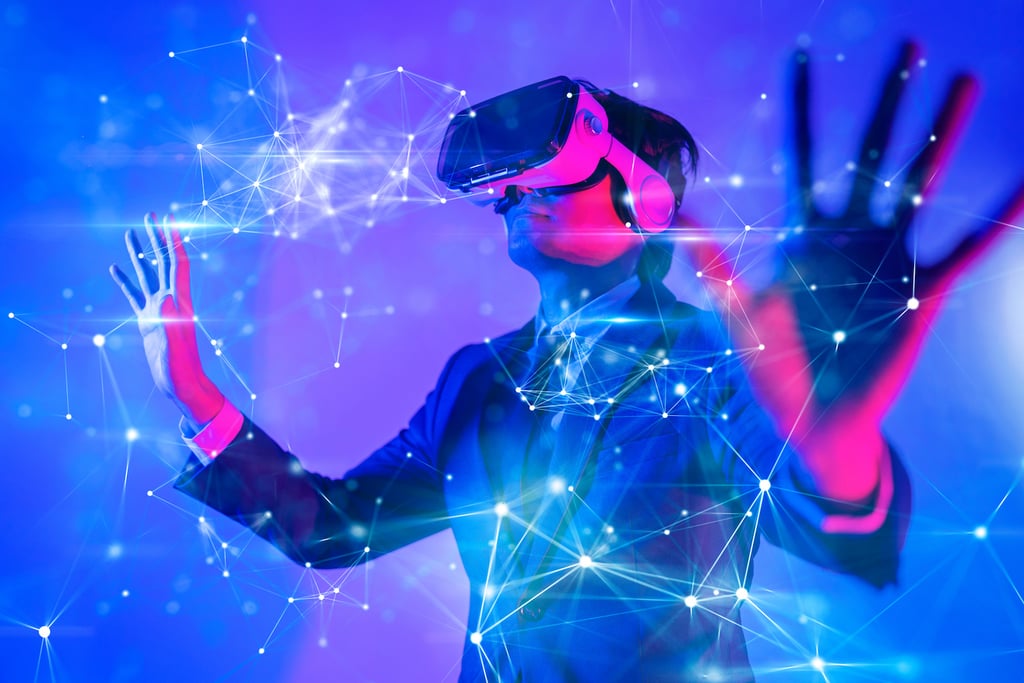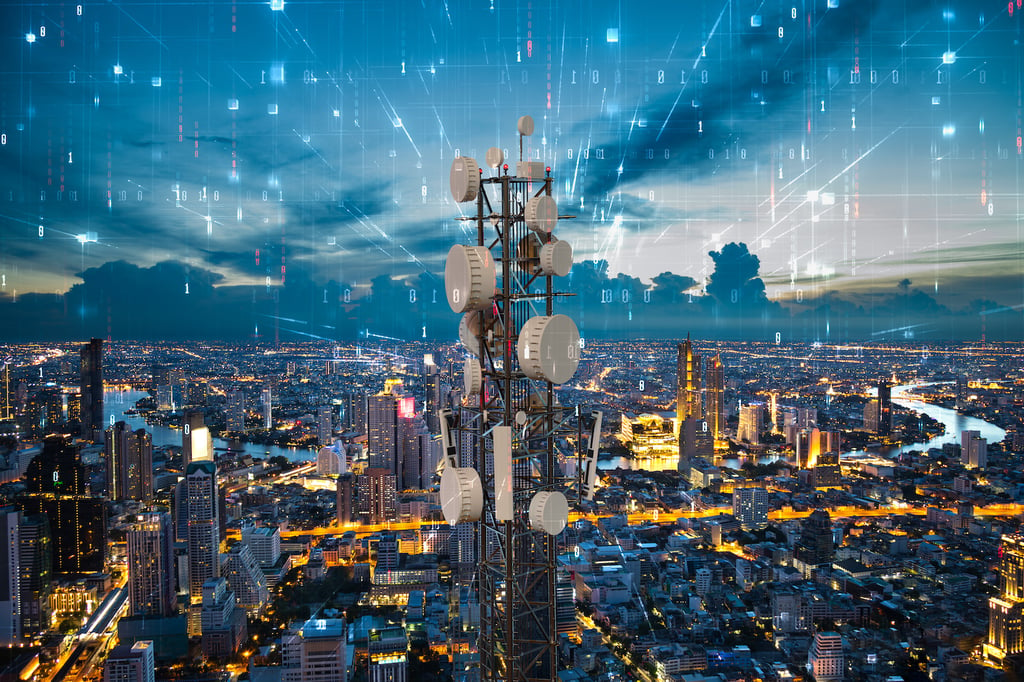
Tech Gadgets We Love

I’m going to cover Google Glass in two parts. For the first part, I’ll look at what this technology could be used for to change the world for the better. In the second part, I’ll highlight the very real risks associated with the offering.
Google Glass is a heads-up, camera-connected display leveraging Google’s mobile platforms and cloud services to provide a unique level of interaction and a potential initial blending of real and virtual worlds. What follows is a series of scenarios where the glasses could make you and others safer and more productive.
Danger Avoidance
Given the device the glasses will connect to is likely location-aware, a display that could warn you of danger could be a lifesaver. Areas that are known to be unsafe in new cities could be surrounded with digital alerts keeping you out of them and helping to keep your money in your pocket and your organs in your body (there are parts of Eastern Europe infamous for organ stealing, for instance).
A number of cities have gun fire detection equipment up and tied into an alerting service, so the glasses could give you warning of a related risk and guide you down a path that could be far safer than one you picked at random. In addition, a lot of people walk, bike, run or sit wearing ear buds to listen to music and often miss danger right next to them. The glasses could provide both visual and audible alerts, overriding the music, to warn you of the danger.
Finally, the camera in the glasses could look for danger, like approaching a red light you may not see, helping to keep you from becoming a statistic.
Criminal Identification
Whether it is an AMBER Alert (a system in many U.S. states that is used when a child is kidnapped) or an alert on a violent criminal or prison escape, there are a substantial number of times each year when law enforcement actively seeks out a person. An always-running camera tied back to a facial or automotive recognition database (AMBER Alerts tend to have the description of the vehicle involved) could be instrumental in the rapid identification and apprehension of the criminal.
In addition, this camera would capture in real time any crime carried out against the wearer’s person, not only making apprehension more likely, but causing criminals to avoid those wearing the product. Once people know what the product is, it is likely criminals would avoid those wearing the product much like they currently avoid homes and businesses that have cameras. Security guards and police officers would both be ideal candidates to wear the glasses and people wearing the glasses could better file abuse of power claims against security guards and police officers.
Remote Meeting Attendance/Proxy
Remote employees often have difficulty feeling like they are part of a meeting and while advances in videoconferencing and the use of robotics are being experimented with, for telepresence Google Glass could be both a cheaper and better alternative for many. A remote executive could have a person perform as proxy for them in a meeting connected to the surrogate employee through both the Glass product and a Bluetooth earpiece. The equipped employee would have an attendee’s view and the remote executive would have dual screens, both from the conferencing system and from the eyes of the employee.
This employee could then better enter into side conversations, something that remote employees typically are denied, and could keep the executive connected even after the formal meeting ended. Handled correctly, the remote executive would nearly have all the advantages of being there with a slight cost of privacy with regard to the surrogate.
This could also be used for site surveys or even one-on-one meetings, and people with physical limitations or deformities that otherwise couldn’t participate effectively in some activities could use this surrogate process to accomplish tasks remotely. It is even possible that a remote medical professional could use this to save a life in an instance where local talent isn’t available. Similar uses could be found for everything from remote repair to disarming a bomb depending on the reliability of the connection and the capability of the surrogate.
Wrapping Up: Advancing to Reality Alteration
While the initial product is relatively limited in terms of the information it can display, later products could easily obscure what is real with what is virtual. These offerings could be used to look into walls based on either pictures taken when a building was built or virtualized plans for repairs. And the same technology could be used to see inside people, cars or equipment to focus repairs or emergency procedures in the right places.
Much like video images in sports programs are altered today in real time to show ads, so could billboards, product labels and even TV shows, live or taped, be altered based on the interests of the company or individual controlling the devices. When shopping for new clothing or picking the color for a new house paint, ideas could be applied virtually, helping with the decision.
And all of this is just the tip of the iceberg for what Google Glass will be bringing to the market. However, the dangers are at least equally frightening and we’ll cover those later in the week.











